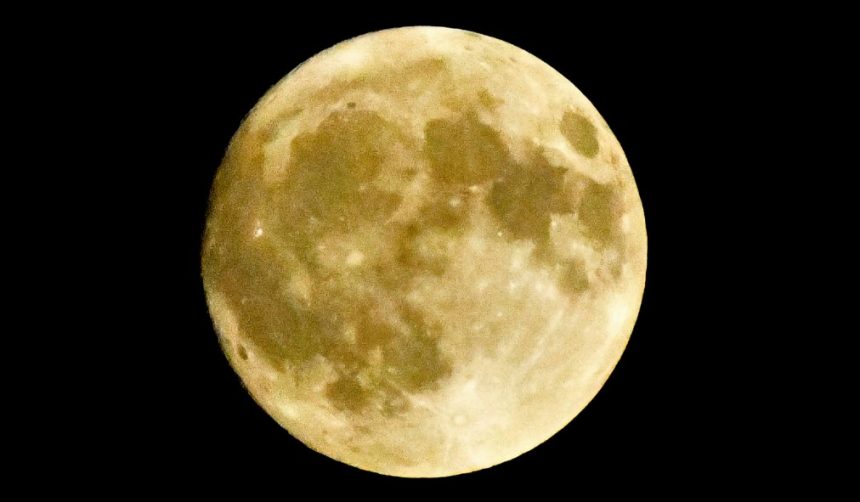UK Stargazers Set for Dazzling Night as Perseid Meteor Shower Peaks
Britain’s night sky is gearing up for one of its most spectacular summer shows. The Perseid meteor shower is set to hit its peak next weekend, with up to 100 shooting stars flashing overhead every hour.
But there’s a twist, the Sturgeon Moon August will also make an appearance, and its brilliance could steal some of the spotlight.
The Perseids have been streaking through our skies since 17 July and will remain visible until 24 August. The real magic, though, will happen overnight on 12–13 August, when the meteors will be at their brightest and most frequent.
The Royal Observatory Greenwich calls it one of the “most dramatic” spectacles in the summer calendar.
Just before the shower reaches its height, a full Sturgeon Moon will rise at around 9pm on 9 August. Big. Bold. Impossible to miss.
But while it’s a stunning sight in its own right, its intense glow will flood the night with light, washing out some of the finer meteors. Still, astronomers say the brightest shooting stars should punch through the lunar glare.
What Causes the Perseids?
This annual celestial display happens when Earth ploughs through a trail of dust and debris left by comet 109P/Swift-Tuttle.
These tiny fragments hit our atmosphere at blistering speeds – between 7 and 45 miles per second, and burn up, producing the streaks of light we know as shooting stars.
“With swift and bright meteors, Perseids frequently leave long ‘wakes’ of light and color behind them as they streak through Earth’s atmosphere,” NASA explained.
“Perseids are also known for their fireballs,” they added. “Fireballs are larger explosions of light and color that can persist longer than an average meteor streak.”
When and Where to Watch in the UK
If you’re in the Northern Hemisphere, you’re in luck. Experts recommend heading out after midnight and before dawn for the best chance of catching the show. That said, NASA notes that shooting stars can sometimes be spotted as early as 10pm.
The meteors seem to emerge from the Perseus constellation in the northeast sky, easy to locate with the help of a smartphone stargazing app. But location matters.
Cities and streetlights are your enemy here. To maximise your chances, head to a rural spot, coastal cliffs, or open countryside with minimal light pollution.
“The darker the skies, the better your chances of seeing the really faint meteors as well,” says Dr Ashley King of the Natural History Museum. “You could go to the coast or stand on a hill in the middle of the countryside somewhere.”
Patience is essential. “You might not be able to see anything for the first 10 minutes while your eyes adjust to the dark,” Dr King advises. “Once you get used to the low light levels you’ll begin to notice more and more. So don’t give up too quickly.”






